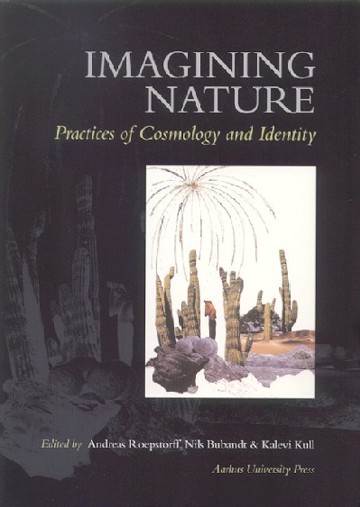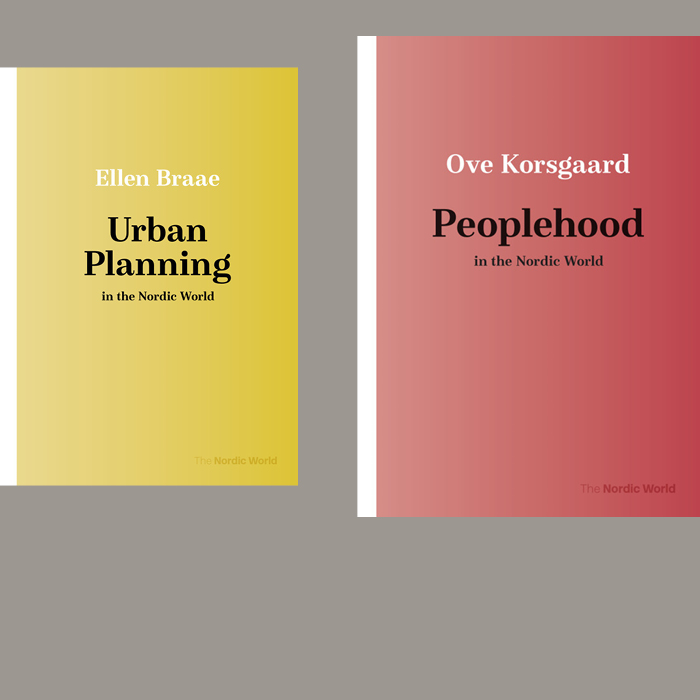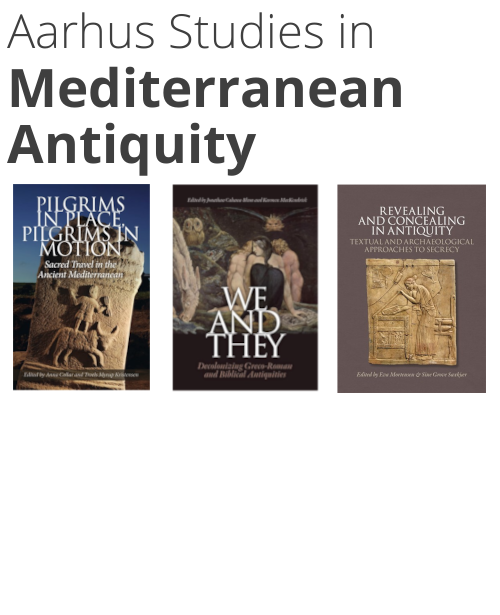
Imagining Nature
Practices of Cosmology and Identity
A part of the subject area Anthropology
Edited by
Nils Bubandt,
Kalevi Kull and
Andreas Roepstorff
With contributions by
Björn Bjerkli,
Sabine Brauckmann,
Nils Bubandt,
Alf Hornborg,
Tim Ingold,
Randi Kaarhus,
Arne Kalland,
Lars Krogh,
Toomas Kukk,
Kalevi Kull,
Aleksei Lotman,
Bjarke Paarup-Laursen,
Morten A. Pedersen,
Anti Randviir,
Andreas Roepstorff and
Nina Witoszek
More about the book
About the book
During the last decade, many social scientists have sought to show that nature is not an eternal constant but an intrinsically unstable concept - a historical, cultural and social construct with powerful emotional, moral and political connotations. Imagining Nature sets out to explore some of the implications of and lacunae in this recent push to "denaturalise nature". But rather than asking, What is nature? as many academic writers have been doing, the contributors here ask, How is nature established as an entity? Through what processes and practices does nature achieve reality?
The first section of the book, "Cosmologies", focuses on ways the practices of nature are embedded in overarching conceptual worldviews. Chapters in the second section illustrate some of the means by which identity unfolds and becomes established in interacting with and imagining nature. The chapters examine nature and identity in the national mythologies of Scandinavia and Germany; two Fulani status groups in Burkina Faso; the confrontational Sami community of Manndalen, Norway; the spatial world of the Tsaatang nomads in Mongolia; and two neoclassic houses by Le Corbusier and Wright.
While the individual contributions here will certainly interest specialists in the particular fields they represent, Imagining Nature is broadly interdisciplinary in appeal, and it is especially recommended to anyone intrigued by recent constructivist debate and the multiplying conceptions of nature in the social sciences.
"This unusual collection of writing does not disappoint. ... The chapters have been chosen because their subjects speak to each other. The two sections that group the book's papers are 'cosmologies' and 'identities'. These are two (decidedly cultural) domains in which 'practices of nature' are evident: the first in knowledge (including western science) as expressed in overarching narrative (the global), and the second in the local, social connections established through particular relations with particular nature.
Cosmologies and identities complement each other, like the contrapuntal voices of a choir singing two equal melodies that also harmonise.
The key contemporary theorist for many of the writers is Tim Ingold, a Scottish-based biologically-minded anthropologist. ... Ingold provides an opening chapter that opens up space for many of the volume's themes: 'Three in one: How an ecological approach can obviate the distinctions between body, mind and culture'. His cogent analysis of biology, cognitive psychology and social anthropology provides the basis for a broad merger that goes beyond all of the parent disciplines. ...
The balance between nature and culture is a theme of every chapter, though most focus on the interactions between them, and/or the philosophical difficulty of separating them, particularly on the ground, in practice. ...
As an Australian reader of this book, I found the strong Scandinavian/Nordic philosophies of nature intriguing. ...
Australians should welcome this intriguing collection from another place, another nature, as it probes and extends our ideas about the human and ecological condition, cosmologies nad identity." Libby Robin Australian Humanities Review
The full review can be found at http://www.lib.latrobe.edu.au/AHR/archive/Issue-April-2004/robin.html
For purchases outside of Denmark:
If you are located in the USA or Canada, please contact our US distributor, Longleaf Services, at orders@longleafservices.org or +1 919-503-6590.
For purchases in all other countries, you can find the title through our global distributor, The Mare Nostrum Group, here: https://mngbookshop.co.uk
Table of contents
Excerpt
Press reviews
Libby Robin, Australian Humanities Review
"This unusual collection of writing does not disappoint […]. Australians should welcome this intriguing collection from another place, another nature, as it probes and extends our ideas about the human and ecological condition, cosmologies and identity."
Roy Ellen, Journal of the Royal Anthropological Society
"Each section begins with some editorial remarks, and the whole is preceded by a generous introductory essay. The editors have, through this device, tried, and I think successfully, to link some very divergent kinds of contribution, assisted by the intellectual loom of the writings of Tim Ingold, which weave an interconnecting weft throughout much of the book."
Kay Milton, Ethnos
"The collection hangs together well; the philosophy, biology and semiotics complement the anthropology and each other. The book is interesting as a complete project in interdisciplinarity, and the individual chapters all make interesting contributions to the continuing debate on how humans relate to the non-human."
Leslie E. Sponsel, Anthropological Forum
"[...] it would make a stimulating text in a graduate seminar in the humanities or natural or social sciences, because [...] it challenges and transcends the arbitrary boundaries between such academic territories predicated on dualities like nature and culture."




